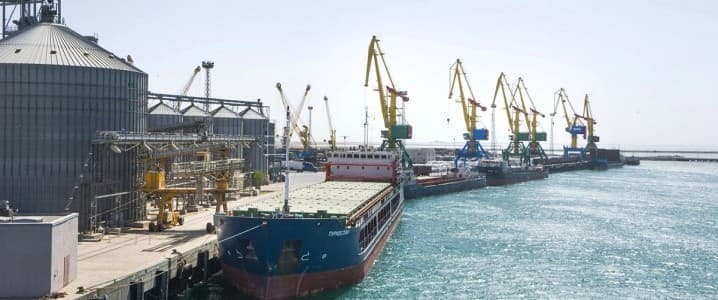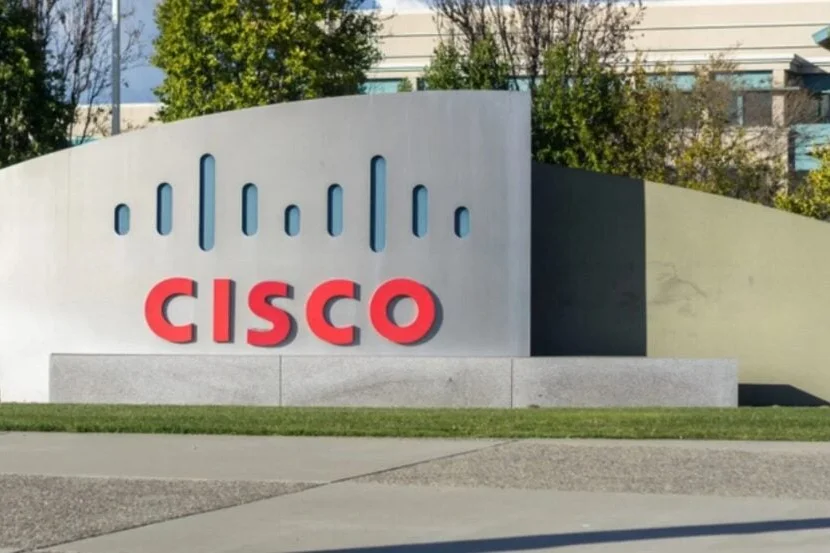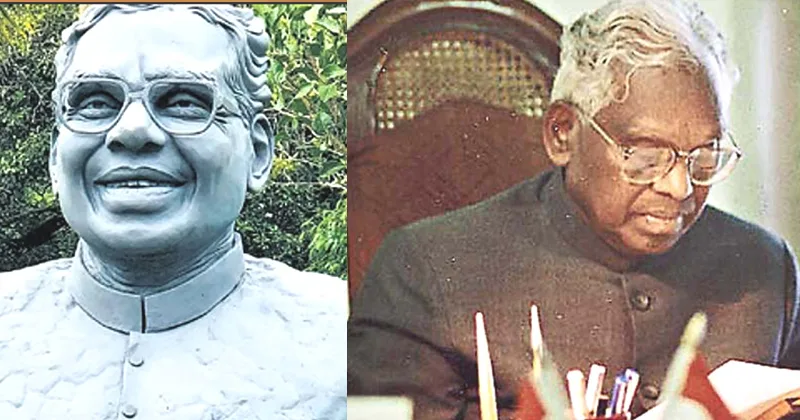Copyright OilPrice

On 6 November, U.S. president Donald Trump hosted the C5 + 1, the diplomatic platform that brings together the U.S. and the five Central Asia republics, Kazakhstan, the Kyrgyz Republic, Tajikistan, Turkmenistan, and Uzbekistan. Trump hosted the leaders at the White House, the first time he met any of them except for Uzbek president Shavkat Mirziyoyev who he met at the United Nations General Assembly (UNGA) session in September 2025, and at the White House in May 2018. (Then-president Joe Biden met the Central Asian leaders at the UNGA session in 2023.) True to form, Trump declared, “Sadly, previous American presidents neglected this region completely.” Kazakhstan and Uzbekistan understood the importance of the “pre-game” and the day before the meeting announced joining the Trump’s signature project, the Abraham Accords, (Kazakhstan), and visa-free entry for American citizens (Uzbekistan). According to the U.S. International Trade Administration, the deals between U.S. and Central Asian firms totaled $25 billion and included: All American Rail Group Global: rail construction and engineering in the Kyrgyz Republic Boeing: up to 15 787 Dreamliners (Kazakhstan); up to four 787 Dreamliners and 10 737 Max airliners (Tajikistan); and eight more 787 Dreamliners, bringing the prior total to 22 widebody jets (Uzbekistan) Cove Capital: privatization of a tungsten mining company in Kazakhstan John Deere: agricultural machinery for Uzbekistan and Kazakhstan Leidos: upgrade of Kazakhstan’s National Air Traffic Management System. MOUs between Nvidia, the Ministry of Artificial Intelligence & Digital Development, and Freedom Holding Corporation for Advanced AI chips in Kazakhstan Until now, the U.S. Central Asia policy was adjunct to the Afghanistan policy. Now that Washington can deal with the region on its own, Trump is moving U.S. policy in the region from securitization to “economicization,” and the region, formerly the chasse gardée of Western military and security services, will welcome more economists, miners, and entrepreneurs. At the meeting Trump endorsed the Trump Route for International Peace and Prosperity, a new trade corridor designed to stabilize relations between Armenia and Azerbaijan and boost regional connectivity and economic integration across Central Asia. Despite last week’s announcements, China remains major investor in Central Asia. According to the China Belt and Road Initiative (BRI) Investment Report 2025 H1, the first half of 2025 (2025 H1) saw the highest engagement for any six-month period ever, with US$66.2 billion in construction contracts and US$57.1 billion in investments (greater than BRI engagement in all of 2024 which was US$122 billion). Of that record first half engagement, US$39 billion went to Africa and US$25 billion went to Central Asia, notable on a per capita basis as Africa’s population is about 1.5 billion and Central Asia’s is about 84 million. Related: Namibia Plans to Tighten Presidential Grip Over Its Oil Sector But the U.S. is elevating its game, and is giving the republics the opportunity to balance among the U.S., Europe, China, and Russia, understandable as the region has been part of someone else’s empire for over 300 years - since Russia ruler Peter the Great sent expeditions to the region in the early 1700s. The most Washington can do to boost trade between the U.S. and Central Asia is to repeal the Cold War-era Jackson-Vanik Amendment, which blocks Permanent Normal Trade Relations with Kazakhstan, Tajikistan, Turkmenistan, and Uzbekistan. The Cold War has been over for a long time, but the U.S. Congress never finds the time to scrap Jackson-Vanik despite bipartisan support for repeal. Not to be overlooked in all the talk about big contracts is the Joint Statement of Intent in the Field of Cultural Heritage, where the U.S. and the republics pledged to protect cultural heritage from theft and illicit trafficking; conduct expert exchanges and share best practices in curation and conservation, and ethnology, archaeology, architecture, and restoration; support national craft traditions and artisans, and strengthening of academic and research ties. Uzbek president Shavkat Mirziyoyev took the lead for the region when addressing Trump and unveiled a “bold regional vision”, calling the C5+1 a key mechanism for building economic resilience and collective security in Central Asia, and emphasized the meeting with Trump marks “a new stage in the strategic dialogue” between Central Asia and the United States. Trump noted approvingly, “Over the next three years, Uzbekistan will be purchasing and investing almost $35 Billion Dollars and, in the next 10 years, over $100 Billion Dollars, in key American Sectors, including Critical Minerals, Aviation, Automotive Parts, Infrastructure, Agriculture, Energy & Chemicals, Information Technology, and others.” In the case of Uzbekistan, all those deals are the foundation for the country’s people-centered reforms and its vision for poverty reduction, justice, and shared economic opportunity outlined by Mirziyoyev at the Second World Summit for Social Development immediately before he traveled to his White House meeting with Trump. The key takeaways from the C5 +1 are: Strengthening the Strategic Partnership and Mutual Trust. The U.S. and the republics underscored their shared commitment to building a long-term, strategic dialogue based on mutual respect, trust, and shared values. The C5 + 1 partnerships will be grounded in transparency, innovation, and shared global responsibility. Deepening Economic and Investment Cooperation. U.S. focus is shifting to economics and business and away from security-only policies. The leaders’ meetings with U.S. business and financial leaders laid the groundwork for a new phase of trade, investment, and industrial collaboration in key areas such as green energy, advanced manufacturing, infrastructure development, digital transformation, and technology innovation. Advancing Regional Connectivity and Sustainable Development. Economic connectivity, energy transition, regional security, and climate resilience are key to regional unity and integration, fostering a stable, prosperous, and interconnected Central Asia that contributes to global peace and sustainable development. Opening a New Chapter in U.S.–Central Asia Relations. The leaders’ shared vision aims to foster innovation, resilience, and shared prosperity for the U.S., Central Asia, and the broader international community. The C5 + 1 meeting was time well spent for the leaders, and was a moment to savor for the American and Central Asian public servants who have worked since the end of the Cold War – 34 years – to keep the fires alight, an effort that made the historic White House meeting possible. By James Durso for Oilprice.com More Top Reads From Oilprice.com India’s Top Refiner Looks to Buy Non-Sanctioned Russian Crude U.S. Sanctions Widen Russia’s Crude Discount to $20 a Barrel TotalEnergies to Power Google Data Centers in Ohio



